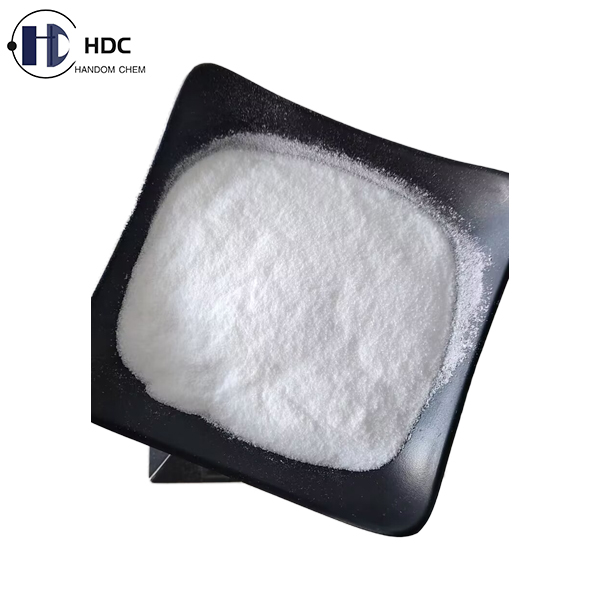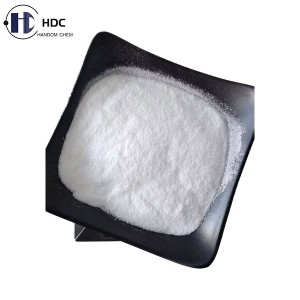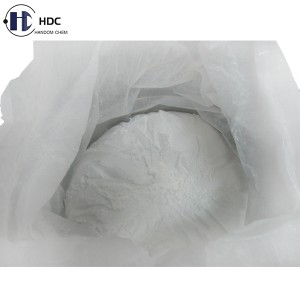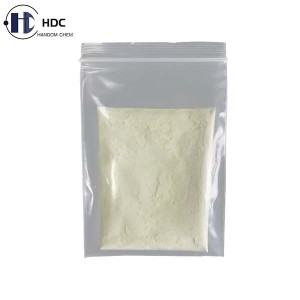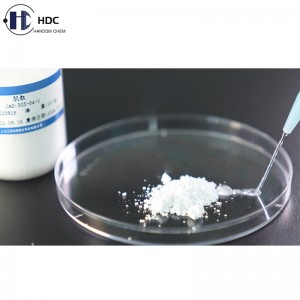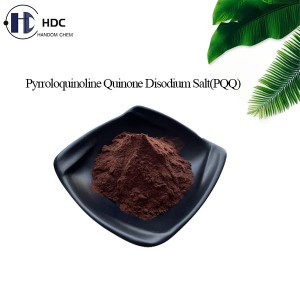Orotic Acid Monohydrate
Brief Introduction:
Orotic acid is a heterocyclic compound and an acid, also called 2,6-Dioxo-1,2,3,6-tetrahydro-4-pyrimidinecarboxylic acid. Historically, it was considered part of the B vitamin family and was known as vitamin B13.
It is widely used in medicine, food, health products, beauty and skin care products and other fields.
Specifications of our Orotic Acid Monohydrate(Orotic acid hydrate):
| Test Items | Specifications |
| Description | White crystals or crystalline powder |
| Identification | Infrared absorption |
| Solubility | Almost insoluble in water, almost insoluble in 96% ethanol and ether |
| Assay | 99.0% ~ 101.0% |
| Loss on Drying | Not more than 12.0% |
| Residue on Ignition | Not more than 0.10% |
| pH Value | 2.2 ~ 3.0 |
| Chloride | Not more than 100 ppm |
| Individual impurities | Not more than 0.1% |
| Total impurities | Not more than 0.3% |
| Heavy Metals | Not more than 20 ppm |
| Lead (Pb) | Not more than 1 ppm |
| Cadmium (Cd) | Not more than 0.5 ppm |
| Mercury (Hg) | Not more than 0.1 ppm |
| Arsenic (As) | Not more than 1 ppm |
Usage of Orotic Acid in Pharmaceutical Industry:
In the field of medicine, orotic acid and its derivatives are widely used. It is a good hepatoprotective drug in itself and has good curative effect on jaundice liver disease, fatty liver, and acute and chronic hepatitis. At present, a series of drugs based on orotic acid have been developed at home and abroad, such as Nitrooric Acid , Aminoorotic Acid, the drug with the most development prospects and market is Orazamide (aminamide orotate obtained by salting orotic acid and 5-aminoimidazole-4-carboxamide at 90°C), which can treat a variety of liver diseases disease, its pharmacological effects are related to protein synthesis and hematopoietic function. It has become the main drug for the treatment of liver diseases abroad. In addition, combined use with purine has a good promoting effect on children’s development; Certain derivatives of orotic acid also have significant effects on heart disease. Orotic acid drugs have attracted much attention due to their good curative effect, small side effects, no irritation to the kidneys, and low residue and accumulation in the body.
In recent years, orotic acid has been developed for the synthesis of nucleic acids, nucleic acids are the main substances of life and are of great significance for the study of protein biosynthesis and human genetics. At present, nucleic acid health foods and drugs produced from it have also been developed, which can affect and control many life metabolic activities and have obvious effects on delaying human aging.
Usage of Orotic Acid in Food Industry:
1. Sourness Regulator: Orotic acid has a sour taste and can be used to adjust the sourness of food. For example, adding orotic acid to juice, yogurt, beverages, etc. can increase the sourness, adjust the taste of food, and increase appetite;
2. Preservative: Orotic acid has a certain antibacterial effect and can be used as a preservative in food. During the processing of bread, cakes, meat products, etc., adding an appropriate amount of orotic acid can extend the shelf life of food, reduce bacterial growth, and maintain the freshness and taste of food;
3. Antioxidant: Orotic acid has certain antioxidant properties and can be used to prevent adverse reactions caused by oxidation of fats in food. Adding orotic acid to oil products, pastries and other foods can slow down the oxidation rate of the food and improve the stability and storage time of the food;
4. Flavoring Agent: Orotic acid has a unique sour taste and aroma and can be used as a flavoring agent for food. Adding orotic acid to candies, chewing gum, ice cream and other foods can increase the taste of the food and make it more sour and sweet.
Uses of Orotic Acid in Health Products:
1. Protein Supplement: Orotic acid is a component of whey protein and is rich in high-quality protein. Therefore, orotic acid is widely used in health products as a protein supplement. The protein in orotic acid is rich in essential amino acids, which can effectively meet the body's demand for protein and promote muscle growth and repair.
2. Weight Loss and Slimming Products: As a low-calorie, high-protein food ingredient, orotic acid is widely used in weight loss and slimming products. The high protein content of orotic acid can provide a feeling of fullness, reduce calorie intake and help with weight control. At the same time, the protein in orotic acid can promote fat metabolism, accelerate fat burning, and achieve the effect of weight loss.
Use of Orotic Acid in Beauty & Skin Care Products:
1. Skin Moisturizer: Orotic acid has good moisturizing properties, which can prevent the loss of skin moisture and keep the skin moist and smooth. Therefore, orotic acid is widely used in skin care products, such as lotions, creams, masks, etc., which can provide sufficient moisture to the skin and improve dry and rough skin problems;
2. Anti-aging Agent: Orotic acid is rich in amino acids, peptides and other ingredients, which have antioxidant and anti-aging effects. Adding orotic acid to skin care products can reduce oxidative damage to the skin, improve wrinkles and sagging, and delay the aging process of the skin;
3. Repair Agent: The proteins and amino acids in orotic acid can promote skin repair and regeneration. Using orotic acid in skin care products can accelerate the renewal of skin cells, repair damaged skin tissue, improve dullness and spots, and make the skin smoother and more delicate.
Packaging:
1kg/Aluminum Foil Bag, 25kg/Drum or according to the specific requirements from customers.
Storage Conditions:
Preserved in unopened original containers in a cool dry place before using; kept away from direct sunlight, heat and moisture.
Shelf Life:
36 months if stored under above mentioned conditions.


